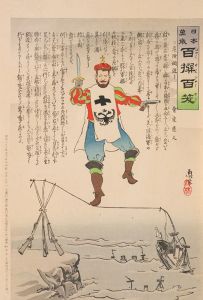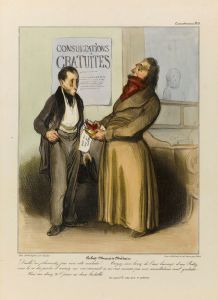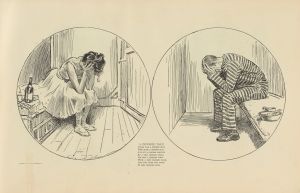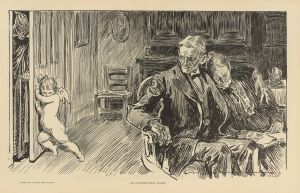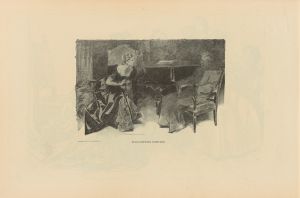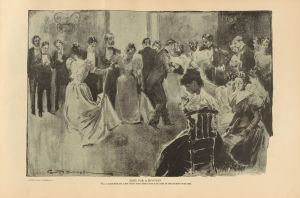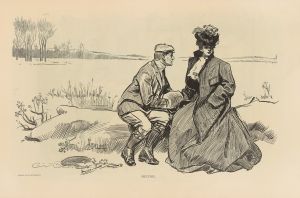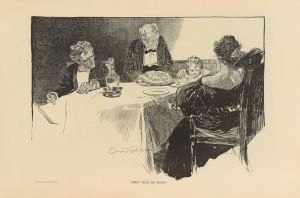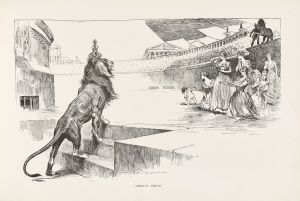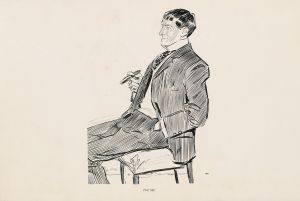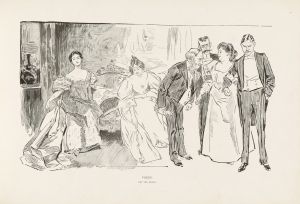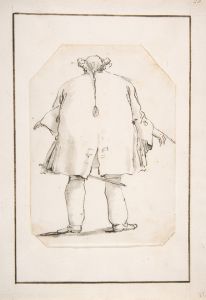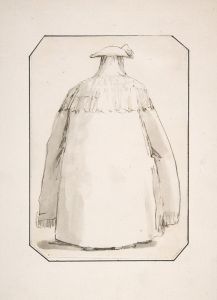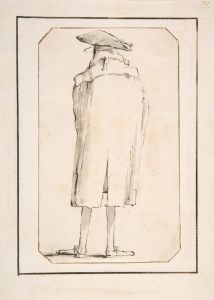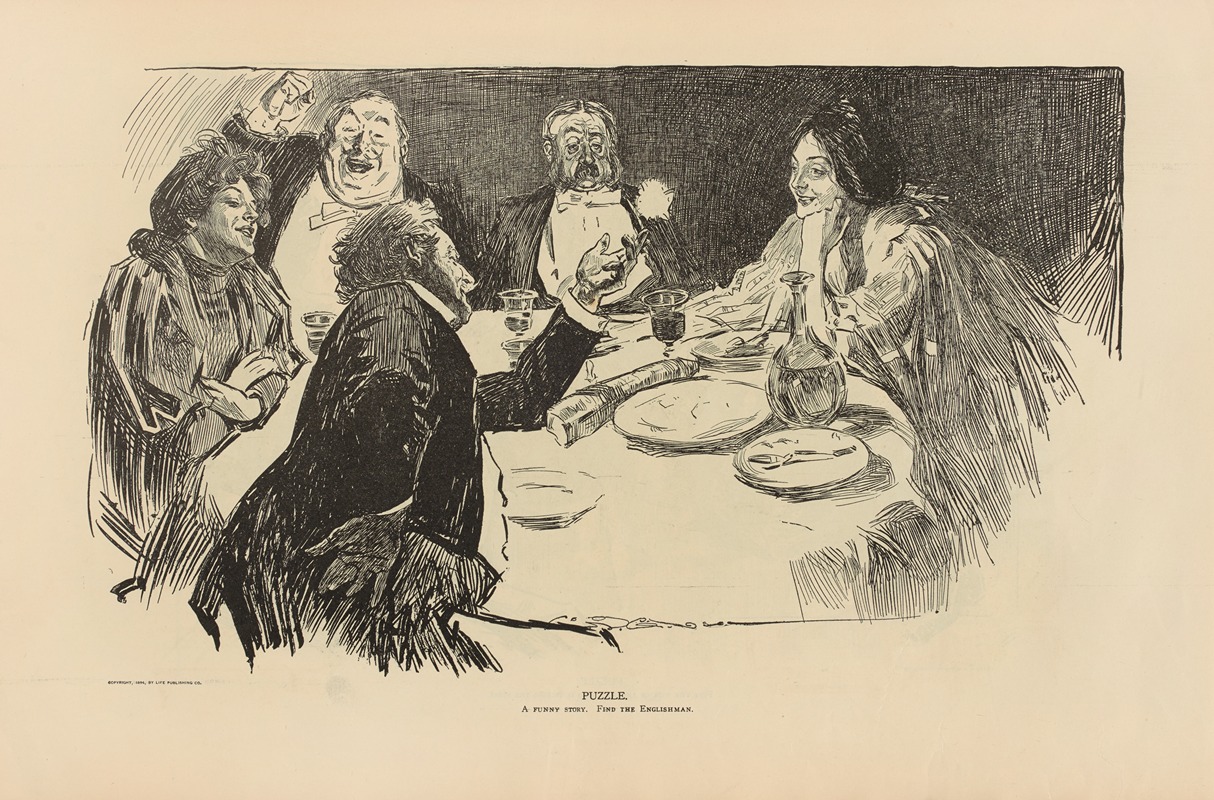
Puzzle. A funny story. Find the Englishman
A hand-painted replica of Charles Dana Gibson’s masterpiece Puzzle. A funny story. Find the Englishman, meticulously crafted by professional artists to capture the true essence of the original. Each piece is created with museum-quality canvas and rare mineral pigments, carefully painted by experienced artists with delicate brushstrokes and rich, layered colors to perfectly recreate the texture of the original artwork. Unlike machine-printed reproductions, this hand-painted version brings the painting to life, infused with the artist’s emotions and skill in every stroke. Whether for personal collection or home decoration, it instantly elevates the artistic atmosphere of any space.
Charles Dana Gibson was an influential American illustrator, best known for his creation of the "Gibson Girl," a representation of the idealized American woman at the turn of the 20th century. His work appeared in numerous publications, and he became one of the most prominent illustrators of his time. Among his many works, "Puzzle. A funny story. Find the Englishman" is one of his notable illustrations.
"Puzzle. A funny story. Find the Englishman" is a black-and-white illustration that showcases Gibson's characteristic style, which combines detailed line work with a keen sense of humor and social commentary. The illustration was published in the early 20th century, a period when Gibson's work was widely circulated in magazines such as Life, Harper's Weekly, and Scribner's.
The illustration presents a humorous scene that invites the viewer to engage with the image actively. It depicts a group of people in a social setting, and the challenge posed to the viewer is to identify the Englishman among them. This type of interactive illustration was popular in the era, as it engaged readers and encouraged them to spend more time with the publication.
Gibson's work often reflected the social dynamics and cultural norms of his time, and this illustration is no exception. It plays on stereotypes and social cues that would have been familiar to contemporary audiences, allowing them to participate in the joke. The humor in the illustration likely stems from the exaggerated features or attire that might have been associated with an Englishman during that period, though the specifics of these visual cues are not detailed in the available historical records.
The "Puzzle" series by Gibson, including this illustration, exemplifies his ability to blend art with entertainment, making his work accessible and enjoyable to a broad audience. His illustrations were not just decorative but also served as a form of social commentary, reflecting and sometimes critiquing the societal norms of the day.
Gibson's influence extended beyond his illustrations; he played a significant role in shaping the visual culture of his time. The "Gibson Girl" became an iconic image, influencing fashion and the perception of femininity in the early 20th century. While "Puzzle. A funny story. Find the Englishman" does not feature the Gibson Girl, it shares the same wit and attention to detail that characterized all of Gibson's work.
Overall, Charles Dana Gibson's "Puzzle. A funny story. Find the Englishman" is a testament to his skill as an illustrator and his ability to capture the essence of his era through humor and art. His work remains a valuable part of American illustration history, offering insights into the cultural and social dynamics of the early 1900s.





